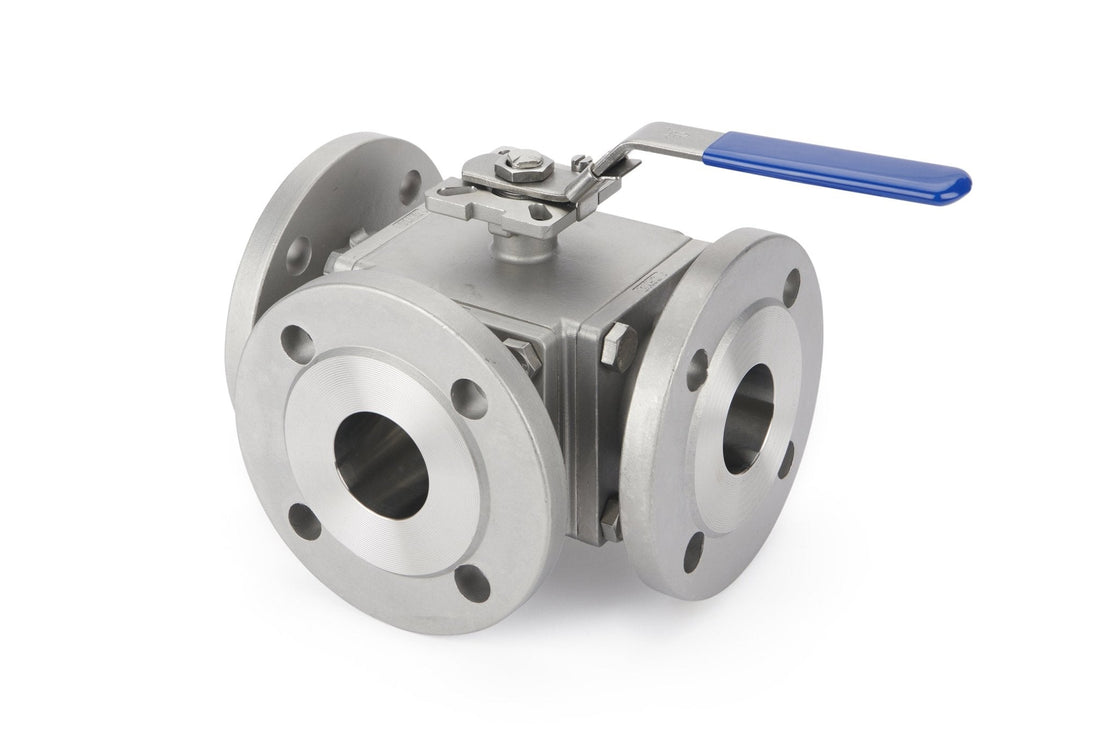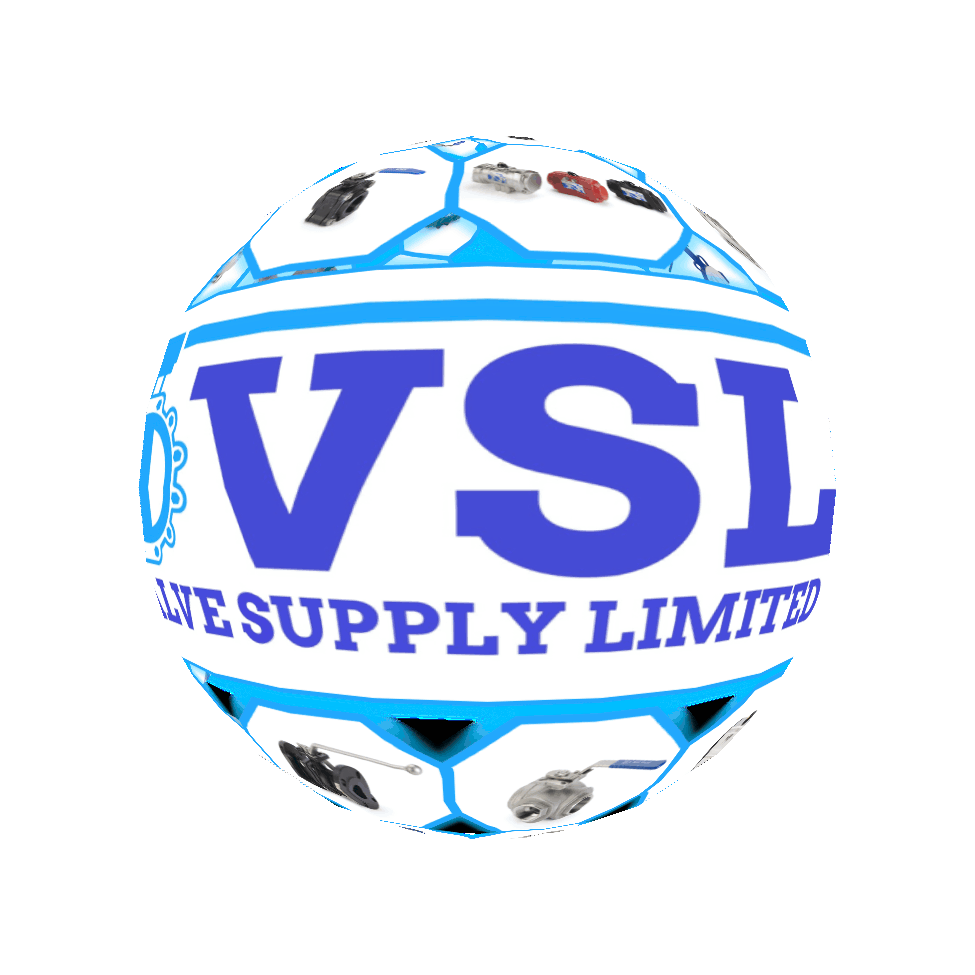What is a Ball Valve? Everything You Need to Know
Ball valves are a simple yet essential component in modern piping systems. Learn how they work, where they’re used, and why they’re a top choice for fluid control.

What is a Ball Valve? Everything You Need to Know
Ball valves are one of the most common and versatile types of valves used in industrial and residential applications. Whether you're managing water, gas, oil, or chemicals, ball valves are often the go-to solution for fast, reliable shut-off. But what exactly is a ball valve—and what makes it so effective?
How Does a Ball Valve Work?
A ball valve operates using a spherical ball with a hole (also known as a bore) through the middle. When the valve handle is turned, the ball rotates to align the bore with the flow path—allowing fluid to pass through. When turned 90 degrees, the solid side of the ball blocks the flow entirely, creating an airtight seal.
Key Benefits of Ball Valves
- Fast Operation: A simple quarter-turn opens or closes the valve completely.
- Durability: Ball valves are built to withstand high pressures and temperatures.
- Leak-Proof: When properly installed, ball valves offer a tight, reliable seal.
- Low Maintenance: Minimal wear-and-tear makes them cost-effective over time.
- Versatile: Suitable for use in water, gas, oil, and chemical systems.
Common Applications
Ball valves are used in a wide variety of industries and systems, including:
- Domestic plumbing and heating systems
- Oil and gas pipelines
- Water treatment plants
- Chemical processing facilities
- Food and beverage production
Types of Ball Valves
There are several types of ball valves, each suited for different applications:
- Full Port: Allows unrestricted flow; ideal for minimal pressure drop.
- Reduced Port: More compact and cost-effective; small reduction in flow rate.
- V-Port: Provides more precise control over flow rate; used in throttling applications.
- Trunnion Mounted: Designed for high-pressure systems; added support reduces wear.
Materials Used in Ball Valves
Ball valves are made from a range of materials to suit different environments and media:
- Stainless Steel: Corrosion-resistant and ideal for aggressive media.
- Brass: Common in domestic settings and general-purpose applications.
- PVC (Plastic): Lightweight, cost-effective, and corrosion-resistant.
- Carbon Steel: Tough and durable, ideal for industrial applications.
Ball Valve vs. Gate Valve
While both are used to stop/start flow, ball valves offer quicker operation and a more reliable seal than gate valves. Ball valves are better for high-cycle and emergency shut-off situations, whereas gate valves are more suited to applications that don’t require frequent operation.
Conclusion
Ball valves are a cornerstone of fluid control systems. They’re simple, reliable, and versatile—making them an excellent choice for many applications. Whether you're looking for industrial-grade solutions or valves for a home project, ball valves offer performance you can count on.
Looking for high-quality ball valves? Browse our ball valve range at Valve Supply Ltd for durable, dependable solutions.
For more technical details, check out the Wikipedia article on Ball Valves.

